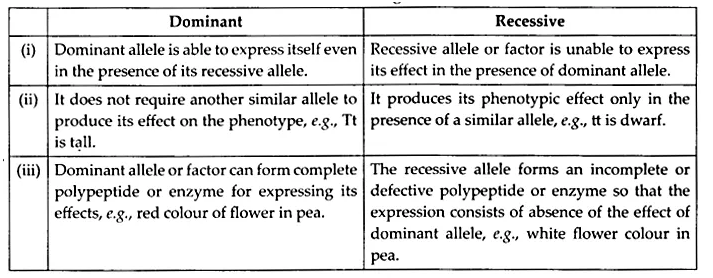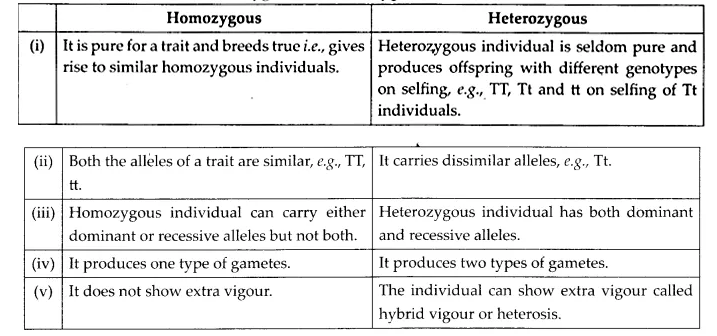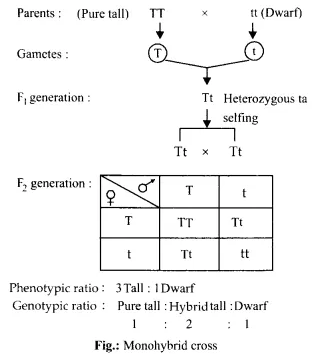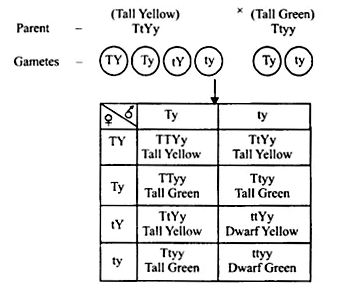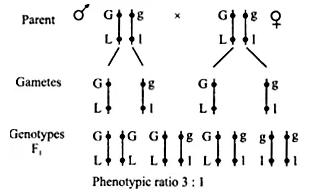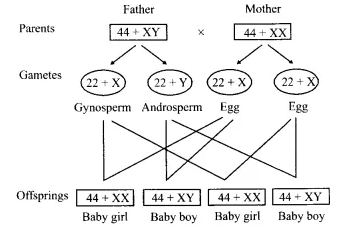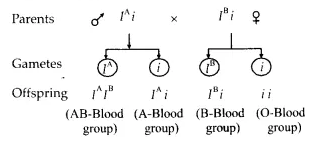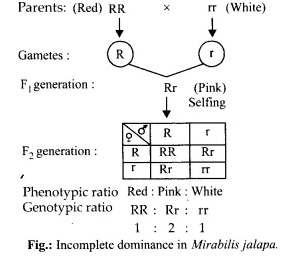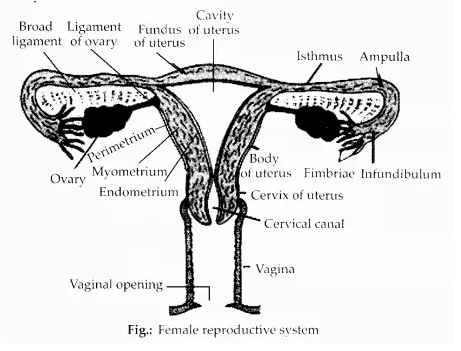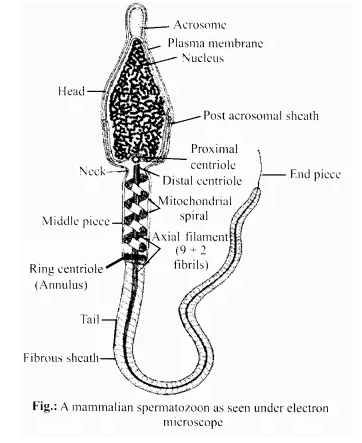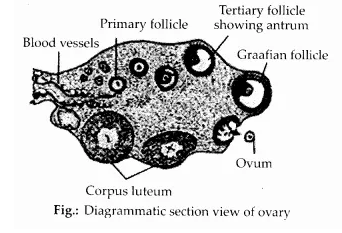Here we are providing NCERT Solutions for Class 11 English Snapshots Chapter 6 The Ghat of the Only World. Students can get Class 11 English The Ghat of the Only World NCERT Solutions, Questions and Answers designed by subject expert teachers.
The Ghat of the Only World NCERT Solutions for Class 11 English Snapshots Chapter 6
The Ghat of the Only World NCERT Text Book Questions and Answers
Question 1.
What impressions of Shahid do you gather from the piece?
Answer:
Agha Shahid Ali was a poet of life. He was lively in the face of an impending death. He loved people, food, poetry, teaching, music and kept himself engaged in all these so he did not have time to be depressed about his approaching death. He was true to his vocation as a poet and believed that art and form should be as important to a poet as his subject.
He wrote poems, perhaps the finest ones, about the political condition and violence in Kashmir, but he did . not embrace the role of victim, proving himself a true poet at heart and not a political personality. He was an ardent believer of the separation of politics and religion and believed that people could be happy with food, clothes, music and everything that was available to them; everything that was beautiful and good.
Question 2.
How do Shahid and the writer react to the knowledge that Shahid is going to die?
Answer:
There are two instances in the text when the author and Agha Shahid Ali talk about the latter’s impending death. Incidentally both the times they talk over phone. In both the instances, the author is dejected and at a loss as to how to respond to such a thing. Although he has known about Ali’s illness all the while, he finds it difficult to face, albeit not literally, the person who is going to die. But Ali seems quite in peace with this fact.
In both the instances, his voice sounds ‘quiet and untroubled’. In fact, in the first instance, his voice was, as the author puts it, ‘completely at odds with the content of what he had just said, light to the point of jocularity.’ This shows that Ali accepts his death and is at peace with his approaching end. In his last meeting with the author, he even says that he loves to think that he will meet his mother in the afterlife.
Question 3.
Look up the dictionary for the meaning of the word ‘diaspora’. What do you understand of the Indian diaspora from this piece?
Answer:
The meaning of the word ‘diaspora’ is dispersion or spread of people from their original country to other countries. From the piece, we get a glimpse of the Indian diaspora living in the US. Agha Shahid Ali, his brother and two sisters, the writer Suketu Mehta and the author of the piece, Amitav Ghosh, are some of the names mentioned in the text who form part of the Indian diaspora in the US.
Bom in India, the people of the diaspora settle down in different countries for various reasons. But they often rekindle their memory of the country they left in the social gatherings. They talk and write about their homeland. Like this piece, which is full of references to India, the diaspora consciousness is shaped by the sense of a home one left behind, a nostalgia one often indulged in and an unforgettable love one can only talk about but not go back to
